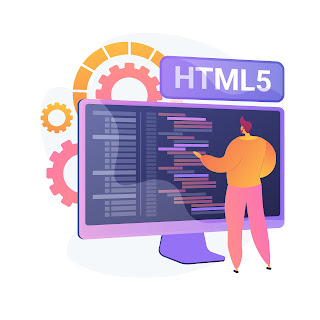Nodejs vs Python – Which Backend Technology to Choose?

When it comes to developing robust and efficient backend systems for web applications, two prominent contenders stand out in the world of programming: Node.js and Python. Both of these technologies have gained immense popularity and are widely used for building server-side applications. However, each has its unique strengths and weaknesses, making the choice between them a crucial decision for developers and businesses alike. In this article, we will dive deep into the comparison of Node.js and Python as backend technologies. We will explore their features, performance, community support, use cases, and more to help you make an informed decision based on your project's requirements. Understanding Node.js: Node.js is an open-source, cross-platform JavaScript runtime environment built on Chrome's V8 engine. It allows developers to run JavaScript code outside the browser, enabling server-side scripting and creating scalable network applications. Node.js follows an event-driven, no



